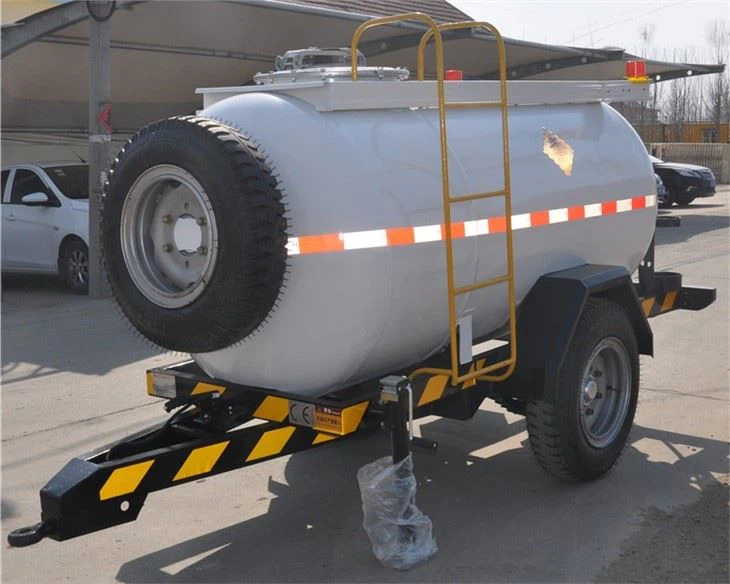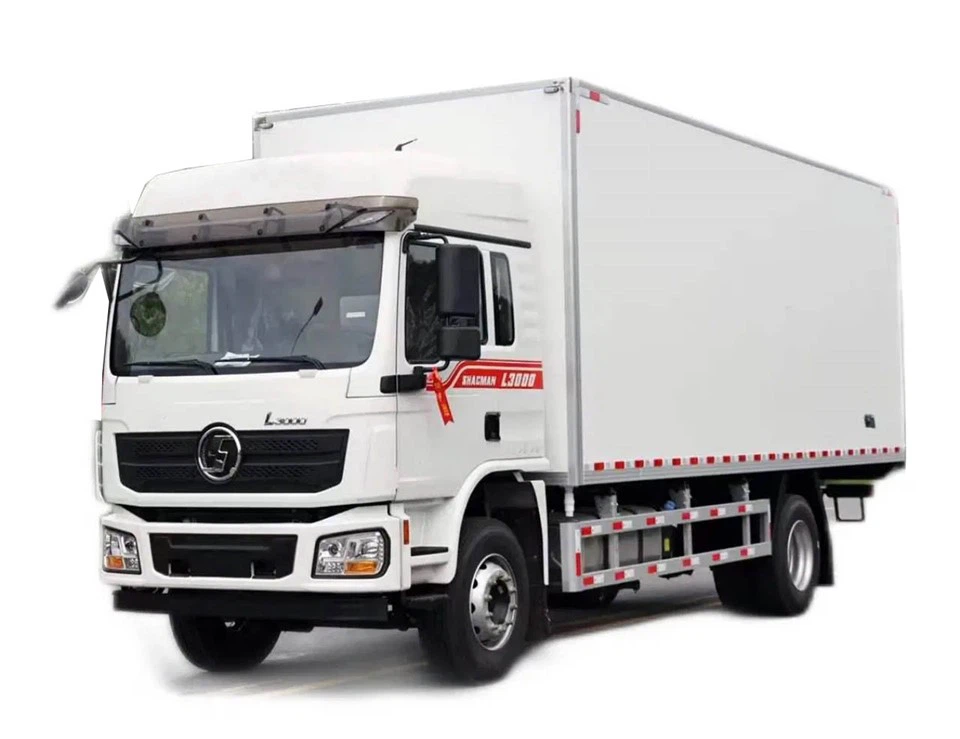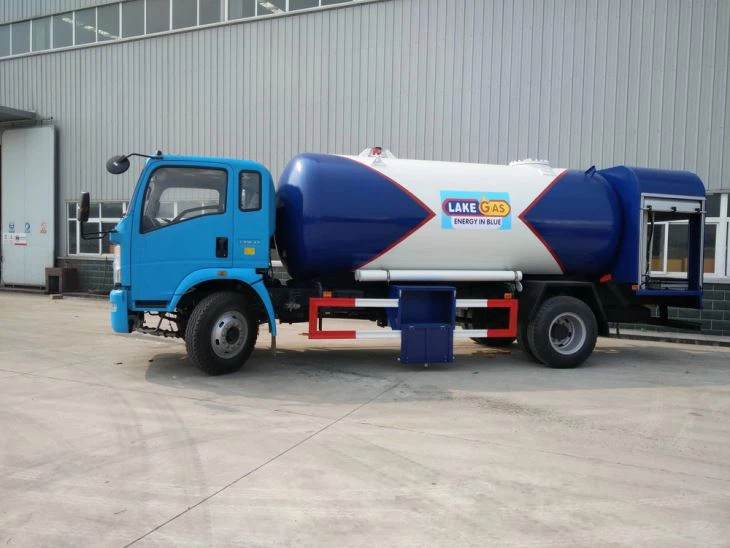How Many Gallons Are in a Tanker Truck?

Tanker trucks are a common sight on roads and highways, transporting liquids ranging from fuel to food-grade substances. Understanding how many gallons a tanker truck can hold is crucial for various industries, including logistics, agriculture, and oil and gas. This article will delve into the capacity of tanker trucks, the types available, practical examples, and frequently asked questions to provide a comprehensive overview.
Understanding Tanker Trucks
What Is a Tanker Truck?
A tanker truck, often referred to as a tank truck, is a specialized vehicle designed for transporting liquids. These trucks can vary significantly in size, design, and purpose, depending on what they are designed to carry. The most common types of tanker trucks include those for fuel, water, chemicals, and food products.
Types of Tanker Trucks
Different industries require specific types of tanker trucks based on the nature of the liquid being transported. Below are some common types of tanker trucks:
- Fuel Tanker Trucks: Typically hold between 5,000 to 11,600 gallons (19,000 to 44,000 liters).
- Chemical Tanker Trucks: Generally range from 5,000 to 6,000 gallons (19,000 to 22,700 liters), depending on the chemical’s density.
- Water Tanker Trucks: Can range from 1,000 gallons (3,785 liters) for smaller trucks to over 10,000 gallons (37,850 liters) for larger trucks.
- Food-Grade Tanker Trucks: Usually have capacities similar to chemical tankers, usually ranging from 5,000 to 6,000 gallons (19,000 to 22,700 liters).
Common Capacities of Tanker Trucks
Standard Capacities
While capacities can vary significantly, most tanker trucks typically fall within certain ranges. Below is a table outlining the common capacities for various types of tanker trucks:
| Type of Tanker Truck | Capacity (Gallons) | Capacity (Liters) |
|---|---|---|
| Fuel Tanker | 5,000 – 11,600 | 19,000 – 44,000 |
| Chemical Tanker | 5,000 – 6,000 | 19,000 – 22,700 |
| Water Tanker | 1,000 – 10,000 | 3,785 – 37,850 |
| Food-Grade Tanker | 5,000 – 6,000 | 19,000 – 22,700 |
Factors Affecting Tanker Truck Capacity
Various factors can influence the capacity of a tanker truck, including:
- Size and Design: The physical dimensions and manufacturing design significantly impact how much liquid a tanker can carry.
- Material of the Tank: The construction material (aluminum, stainless steel) affects not only the capacity but also the weight and safety of the tanker.
- Regulatory Standards: National and local regulations may restrict the maximum capacity for safety reasons.
- Type of Liquid: Liquids with different densities require specific handling and may affect volume capacity.
Calculating the Capacity of a Tanker Truck
Volume and Weight
When calculating the capacity of a tanker truck, it’s essential to understand the relationship between volume and the weight of the liquid. The weight of the liquid will often determine how much can be safely transported, based on the truck’s design and engine capability.

Common Conversion Factors
For those interested in conversions, here’s a simple overview:
- 1 gallon = 3.785 liters
- 1 liter = 0.264 gallons
Example Calculation
For example, if a fuel tanker can hold 8,000 gallons, the equivalent in liters can be calculated as follows:
8,000 gallons × 3.785 liters/gallon = 30,283 liters
Practical Tips for Managing Tanker Capacities
Loading and Unloading
Ensuring the efficient loading and unloading of liquids is essential for effective fleet management. Here are a few tips:
- Use accurate measuring tools to prevent overloading.
- Ensure that the loading area is safe and free from hazards.
- Train personnel on proper techniques for handling the tanker truck to minimize risks.
Maintaining Safety Standards

Safety is paramount in the transportation of liquids. Here are some safety tips:

- Regularly inspect the tanker for any signs of leaks or weaknesses.
- Ensure that all safety equipment, such as emergency shut-off valves, are functional.
- Follow all local regulations concerning the transport of hazardous materials, if applicable.
Industry Applications of Tanker Trucks
Fuel Delivery
Tanker trucks play a crucial role in the delivery of petroleum products, including gasoline and diesel. Typical fuel tankers are designed to minimize contamination and maximize safety during transport.
Water Supply
Water tanker trucks are essential in areas lacking a reliable water supply. They can transport large quantities of potable water or water for agricultural use.
Chemical Transport
Industrial applications often require the transport of various chemicals, making specialized chemical tanker trucks necessary for compliance and safety.
Food-Grade Liquid Transport
Food-grade tankers are designed to carry liquid food products safely, ensuring sanitation and meeting strict health standards.
Environmental Considerations
Impact of Tanker Trucks
The transportation of liquids, particularly fuel and chemicals, can pose risks to the environment. Spills or leaks during transport can result in contamination of water supplies, soil degradation, and harm to wildlife.
Mitigating Environmental Risks
To minimize environmental risks, operators should:
- Implement strict protocols for leak detection and emergency response.
- Regularly train employees on environmental safety practices.
- Invest in upgraded tanker designs that reduce the risk of spills.
Future of Tanker Trucks
Technological Innovations
The future of tanker trucks is likely to include new technologies aimed at improving safety, capacity, and environmental impact. Possible innovations include:
- Telematics for real-time monitoring of tank levels and conditions.
- Advanced materials that enhance safety and reduce weight.
- Electrification and alternative fuel sources for reducing carbon footprints.
Frequently Asked Questions (FAQs)
How many gallons can a standard fuel tanker truck hold?
A standard fuel tanker truck typically holds between 5,000 to 11,600 gallons (19,000 to 44,000 liters).
What is the average size of a water tanker truck?
The average size of a water tanker truck can range from 1,000 to over 10,000 gallons (3,785 to 37,850 liters), depending on its design and intended use.
Are there specific regulations for transporting hazardous liquids?
Yes, there are strict regulations and guidelines for transporting hazardous liquids, which vary by location and include requirements for safety equipment, vehicle specifications, and driver training.
What factors can affect the weight capacity of a tanker truck?
Factors that can affect the weight capacity of a tanker truck include truck design, materials used, type of liquid being transported, and legal regulations in specific jurisdictions.
How can I calculate the volume of liquid in a tanker truck?
To calculate the volume, you can use the truck’s capacity specifications in gallons and then convert to liters using the conversion factor (1 gallon = 3.785 liters).
What is the environmental impact of tanker trucks?
Tanker trucks can pose environmental risks through potential spills and leaks during transport, leading to soil contamination and harm to water sources. Compliance with safety regulations is essential to minimize these risks.
